Exploring the Gold colour planet of our Solar system — Saturn.
Category: space travel – Page 342
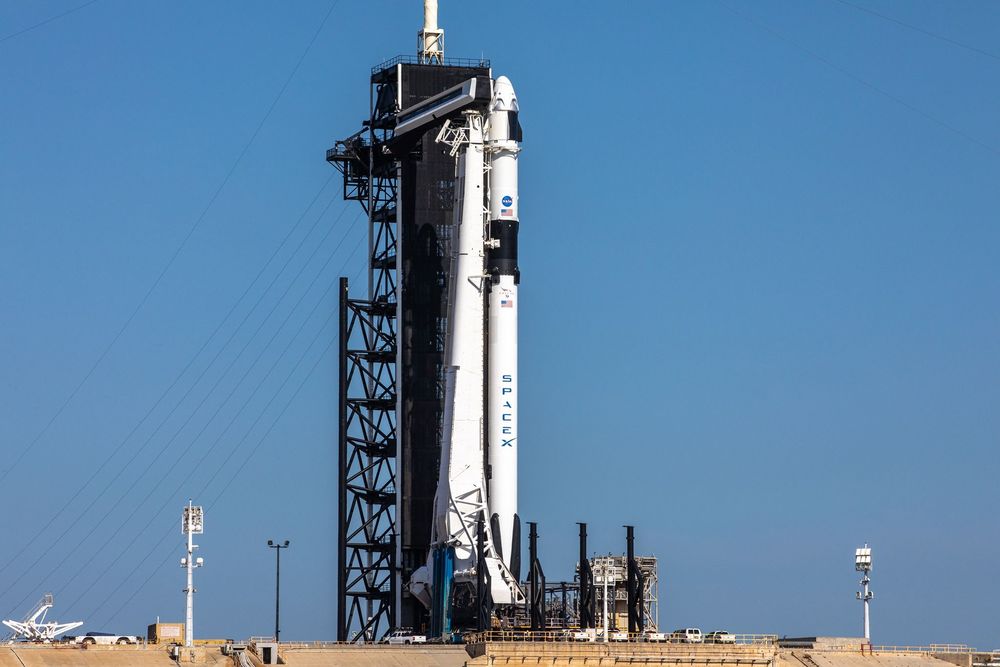
Tomorrow Photo
NASA Astronauts Robert Behnken and Douglas Hurley will become the first humans to launch to the International Space Station from American soil since the final space shuttle mission in 2011. Don’t miss our live coverage, including video from the SpaceX Crew Dragon spacecraft!
Full #LaunchAmerica schedule: https://go.nasa.gov/2ZEjMaF
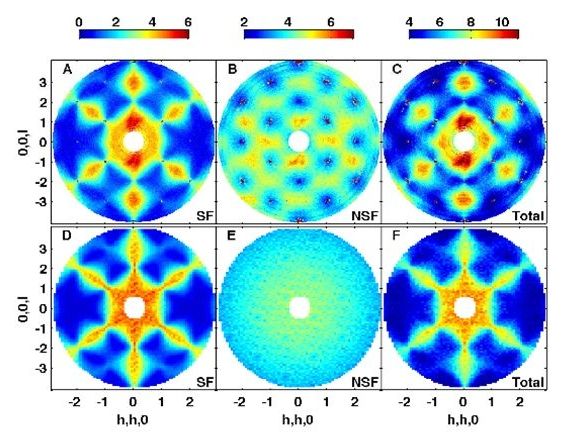
NASA and SpaceX are ready to launch on 27th May 2020
NASA and SpaceX are ready to launch on 27th May 2020 but how? What preparation have they done? What is Crew Dragon? How does it work? All of your questions are answered in this video.
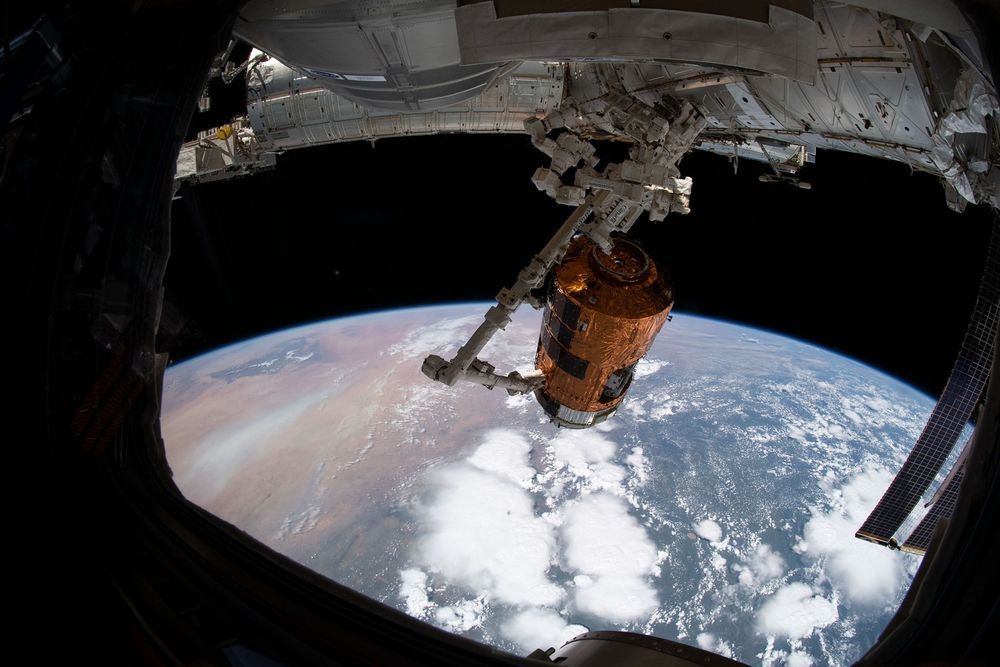
On May 27, human spaceflight returns to U.S. soil for the first time since 2011
Our #LaunchAmerica mission passed its final major review today at NASA’s Space Launch System in Florida, and teams received the “go” to proceed toward launch. NASA Astronauts Robert Behnken and Douglas Hurley are scheduled to liftoff aboard the SpaceX Falcon 9 rocket and Crew Dragon spacecraft Wednesday at 4:33 p.m. EDT: https://go.nasa.gov/2ATRHSq
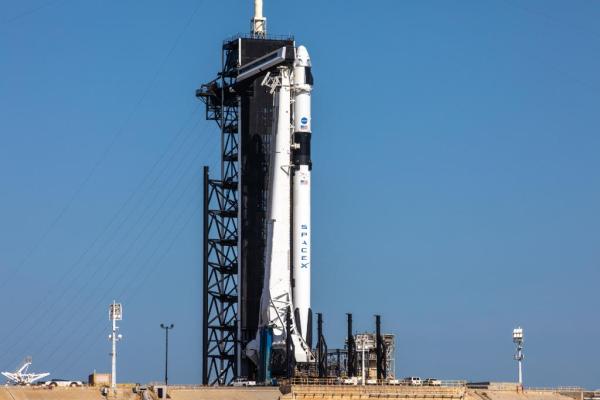
NASA and SpaceX confirm SpaceX’s first ever astronaut launch is a ‘go’
Very excited about this!
NASA and SpaceX are closer than ever to a moment both have been preparing for since the beginning of the Commercial Crew program in 2010. SpaceX’s Falcon 9 and Crew Dragon spacecraft are now set to fly with NASA astronauts Doug Hurley and Bob Behnken onboard, making a trip to the International Space Station, and both the agency and SpaceX announced today that they have officially passed the final flight readiness review, meaning everything is now a ‘go’ for launch.
According to NASA Commercial Crew Program manager Kathy Leuders during a press conference on Monday, everything went well with all pre-launch flight checks thus far, including a full-length static test fire of the Falcon 9’s engines, and a dress rehearsal of all launch preparation including strapping Hurley and Behnken into the rocket.
The only remaining major hurdle for SpaceX and NASA now is the weather, which is currently only looking around 40% favorable for a launch attempt on schedule for Wednesday, May 27 at 4:33 PM EDT, though during today’s press conference officials noted it is actually trending upwards as of today.

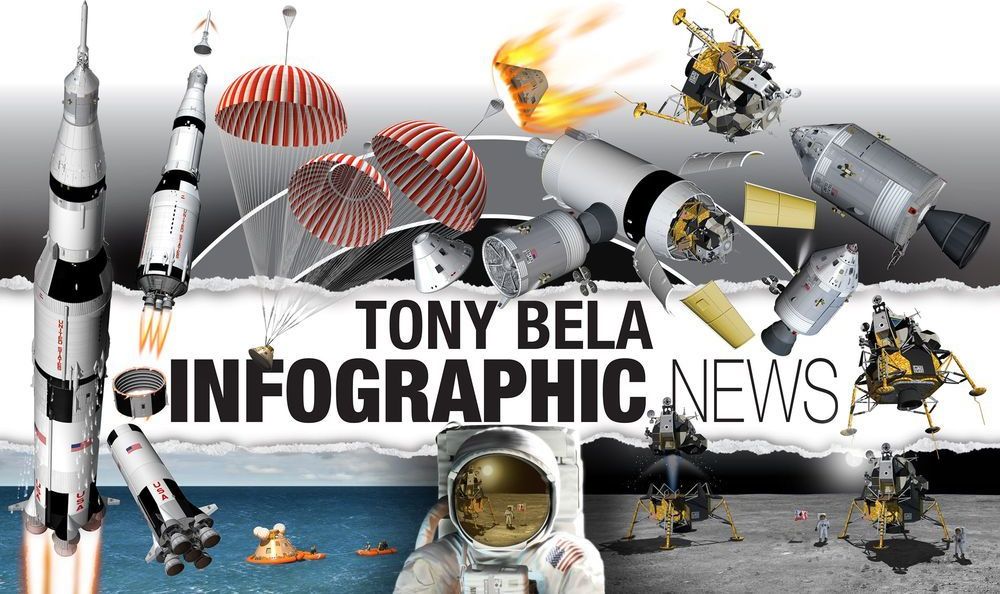
TONY BELA
A new era in human space flight is upon us. In the coming days, NASA, with SpaceX’s Falcon 9 and Crew Dragon, will launch two Americans from US soil for the first time in almost ten years since the Space Shuttle’s retirement. Today I present you with this infographic showing how they will send a crewed spacecraft to the International Space Station and returning them safely home. My plan is to update the information in the infographic as the mission progresses to its conclusion then present a final commemorative historic infographic portrayal of the Demo-2 Mission. To download a large free printable version, go to my website http://www.tonybela.com/
Godspeed gentlemen, you are good to go. Cheers, Tony.
For further information and quotes please contact me at: [email protected] or [email protected]
How to Virtually Participate in ‘Launch America’ on This Week @NASA – May 22, 2020
We’re counting down to the launch of SpaceX’s Crew Dragon with two NASA Astronauts on board. This week:
🏠 How to participate at home in #LaunchAmerica 🇺🇸 Vice President Pence on human spaceflight’s return to the US
🌌 Naming the Nancy Grace Roman Space Telescope for our first chief astronomer.
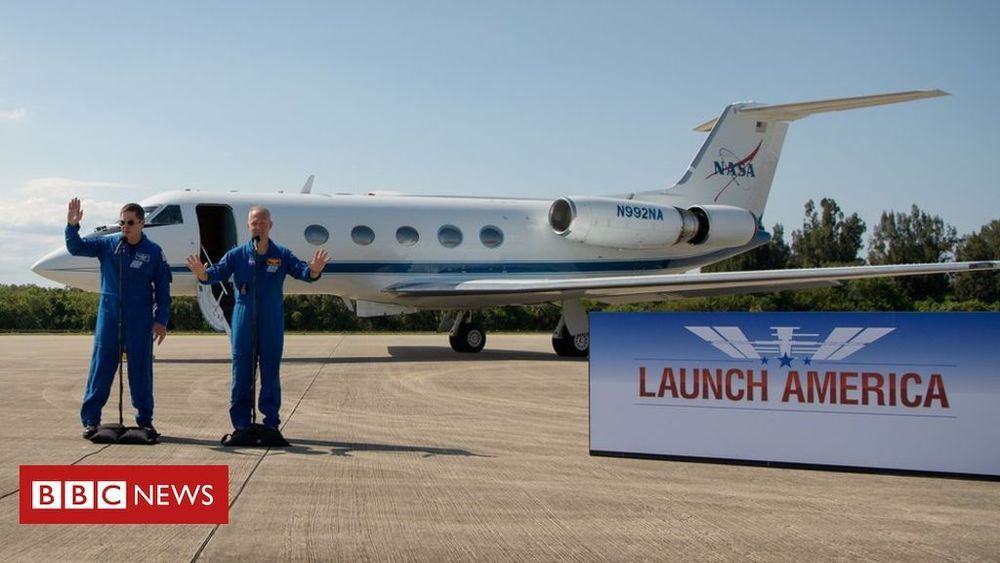
Astronauts get to work ahead of historic flight
NASA astronauts Doug Hurley and Bob Behnken have flown into the Kennedy Space Center in Florida to prepare for their historic mission next week.
The pair’s trip to the International Space Station (ISS) will be made in a rocket and capsule system provided by a commercial company, SpaceX.
NASA has traditionally always owned and operated its space vehicles.